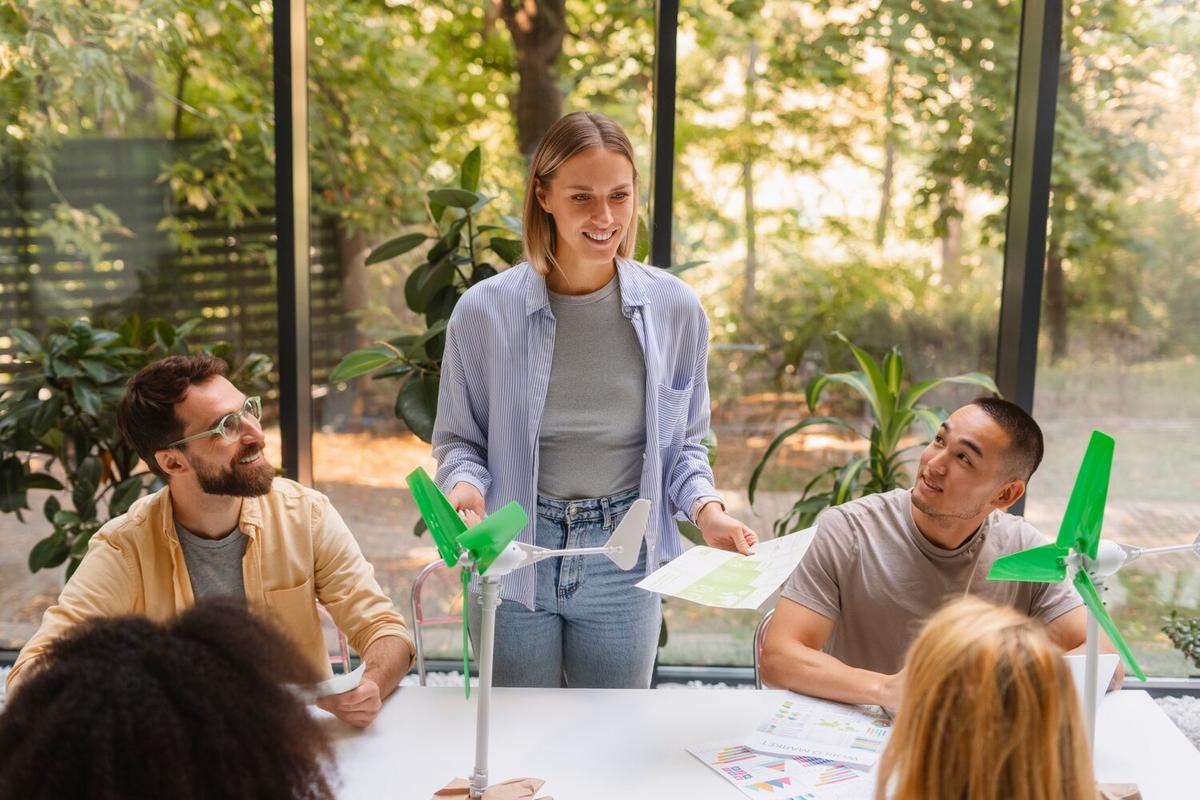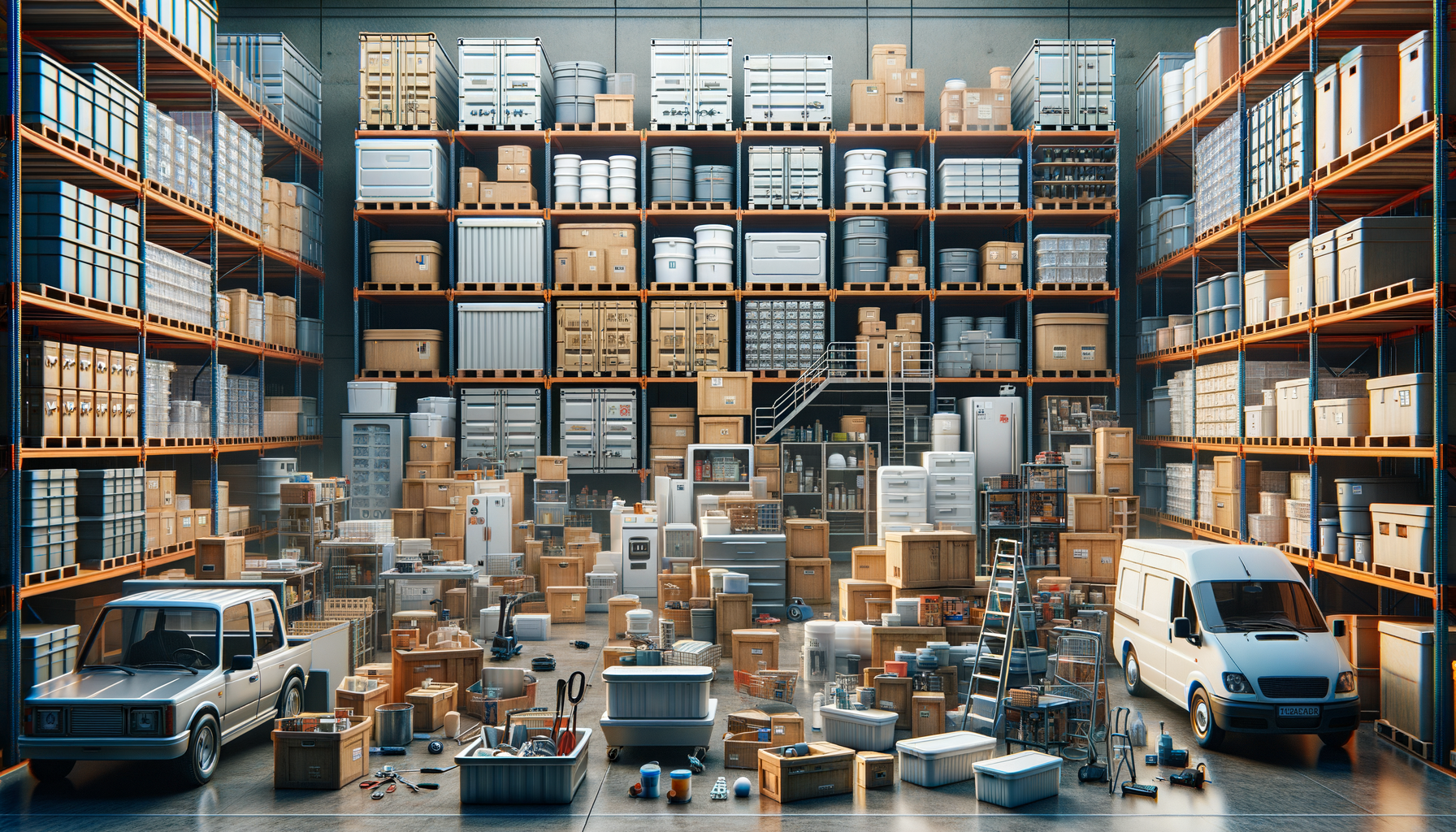Transitioning to a low-waste home can seem daunting, but with the right guidance, anyone can make meaningful changes to reduce their environmental impact. This guide will provide you with practical tips and insights from experts to help you get started on your journey toward a more sustainable lifestyle.
Understanding the Importance of a Low-Waste Home
Living a low-waste lifestyle means consciously reducing the amount of waste you produce. This not only helps the environment but can also save you money and promote a healthier lifestyle. According to the Environmental Protection Agency (EPA), the average person generates about 4.9 pounds of waste per day, a significant portion of which ends up in landfills. Reducing waste can significantly decrease your carbon footprint.
Expert Insights
Environmental experts emphasize the importance of starting small. Dr. Lisa Collins, a sustainability specialist, notes, “Making small, manageable changes in your daily routine can lead to significant environmental benefits over time.” She suggests focusing on one area of your life at a time, such as reducing plastic use or composting food scraps.
Research Findings
Research has shown that households adopting low-waste practices can reduce their waste by up to 80%. A study by the University of Southern California found that families who implemented composting, recycling, and mindful purchasing reduced their waste output from 30 bags a month to just 5.
Actionable Tips for a Low-Waste Home
1. Reduce, Reuse, Recycle
Start by following the three R’s: reduce, reuse, and recycle. Reduce your consumption of single-use plastics, reuse items whenever possible, and recycle materials that can be processed into new products.
2. Composting
Composting is an excellent way to reduce food waste and create nutrient-rich soil for your garden. Set up a compost bin in your backyard or use a composting service if available in your area.
3. Mindful Shopping
Be mindful of your purchases. Opt for products with minimal packaging, buy in bulk, and choose reusable or biodegradable options whenever possible.
4. DIY Cleaning Products
Make your own cleaning products using natural ingredients like vinegar, baking soda, and essential oils. This reduces plastic waste and is often healthier for your home environment.
Comparison Table: Disposable vs. Reusable Items
| Item | Disposable | Reusable |
|---|---|---|
| Water Bottle | Plastic Bottle | Stainless Steel Bottle |
| Shopping Bag | Plastic Bag | Cloth Bag |
| Coffee Cup | Paper Cup | Travel Mug |
| Napkins | Paper Napkins | Cloth Napkins |
| Food Wraps | Plastic Wrap | Beeswax Wraps |
| Straws | Plastic Straws | Metal Straws |
| Utensils | Plastic Cutlery | Bamboo Cutlery |
| Cleaning Cloths | Paper Towels | Microfiber Cloths |
Personal Anecdotes
When I first started my low-waste journey, I felt overwhelmed by the changes needed. However, I began by switching to reusable shopping bags and water bottles. Over time, I noticed not only a reduction in my household waste but also a sense of accomplishment in contributing to a healthier planet.
FAQs
How can I start reducing waste if I live in an apartment?
Begin with small changes, such as recycling, composting with a small indoor bin, and using reusable items. Many cities offer community composting programs that you can participate in.
Is it expensive to switch to a low-waste lifestyle?
While some initial investments may be required for items like reusable bags and bottles, a low-waste lifestyle can save you money in the long run by reducing the need for disposable products.
What if I can’t compost at home?
Look for local composting services or community gardens that accept food scraps. Some cities also offer curbside composting pickup.
Conclusion
Embarking on a low-waste lifestyle is a journey that begins with small, manageable steps. By reducing, reusing, and recycling, and making mindful choices, you can significantly decrease your household waste. Remember, every little bit helps, and together we can make a substantial impact on our environment. Start today and take the first step toward a more sustainable future.




Leave a Reply